Copper sinks have gained popularity in recent years due to their unique and beautiful appearance. The hammered texture adds a rustic charm to any kitchen or bathroom. However, with its distinct look comes the need for special care and maintenance. In this guide, we will discuss how to care for hammered copper sink properly.
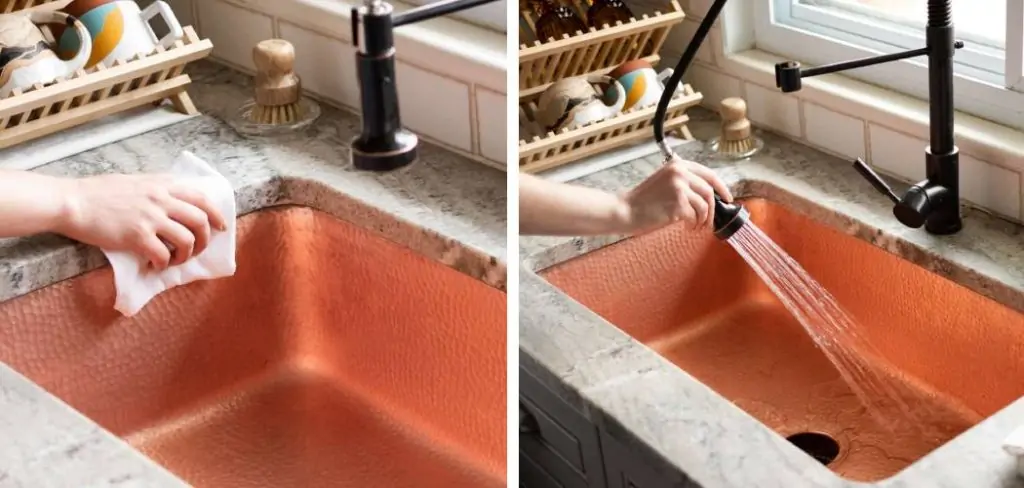
Why Should You Care for Your Hammered Copper Sink?
Copper is a soft metal that can easily scratch, stain and tarnish. The hammered texture on the sink’s surface adds to its vulnerability. Without proper care, your hammered copper sink may lose its shine and develop unsightly spots or scratches.
Moreover, copper is a reactive metal that can interact with acidic substances like vinegar, lemon juice, or harsh chemicals found in some cleaning products. These reactions can cause discoloration and damage to the sink’s surface.
Therefore, it is essential to care for your hammered copper sink regularly to maintain its beauty and prolong its lifespan.
10 Essential Steps on How to Care for Hammered Copper Sink
Caring for a hammered copper sink involves several steps to maintain its beauty and durability:
Step 1: Regular Cleaning
Use a mild soap and warm water to clean the sink after each use. Avoid harsh chemicals or abrasive cleaners as they can damage the copper finish. Gently wipe the surface with a soft cloth or sponge to remove any food particles or residues. Rinse thoroughly with water and dry with a soft towel to prevent water spots. This simple routine helps preserve the natural shine and color of the copper.
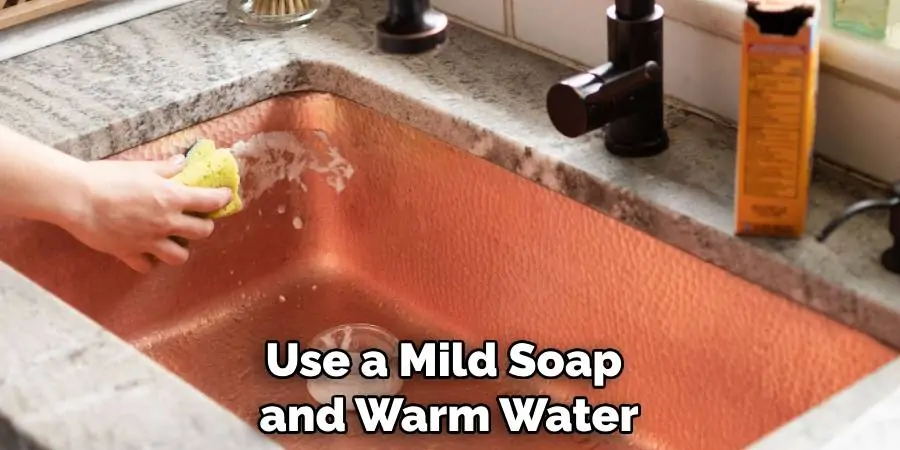
Step 2: Avoid Abrasive Materials
Don’t use steel wool, harsh scrubbers, or abrasive pads on the sink surface as they can scratch or dull the hammered texture. These scratches not only detract from the aesthetic appeal of the sink but can also become areas where bacteria can accumulate, making it harder to keep the sink hygienically clean. Instead, opt for a soft cloth or sponge that is gentle on the sink’s surface.
Step 3: Dry After Use
To prevent water spots and mineral buildup, dry the sink thoroughly after each use with a soft cloth. Water, especially hard water, can leave behind minerals that tarnish the copper’s surface over time. By ensuring the sink is dry, you not only prevent these spots but also reduce the risk of patina changes that can occur with prolonged exposure to moisture.
Step 4: Avoid Harsh Chemicals
Stay away from acidic or abrasive cleaners, as they can damage the copper finish. Instead, opt for gentle, non-abrasive cleaners that can effectively remove grime without compromising the integrity of the sink’s surface. Products containing citric acid, bleach, or ammonia should be avoided entirely.
For a homemade solution, a mix of mild soap and water or a soft paste of baking soda and water can be used for tougher stains. Always ensure to test any cleaner on a small, inconspicuous area of the sink before applying it to the entire surface.
Step 5: Apply Wax
Periodically apply a thin coat of wax specifically formulated for copper surfaces to protect the finish and enhance shine. Follow the manufacturer’s instructions for application. Normally, you can use a soft, lint-free cloth to apply the wax in a thin, even layer over the entire sink surface. Allow the wax to dry according to the manufacturer’s recommended time, which is typically a few minutes, then buff gently with another clean cloth until the sink shines.
This wax layer acts as a barrier, repelling water and preventing stains, which helps in maintaining the sink’s lustrous finish and beautiful patina. Regular waxing, around every 3 to 6 months, can remarkably extend the life and beauty of your hammered copper sink.
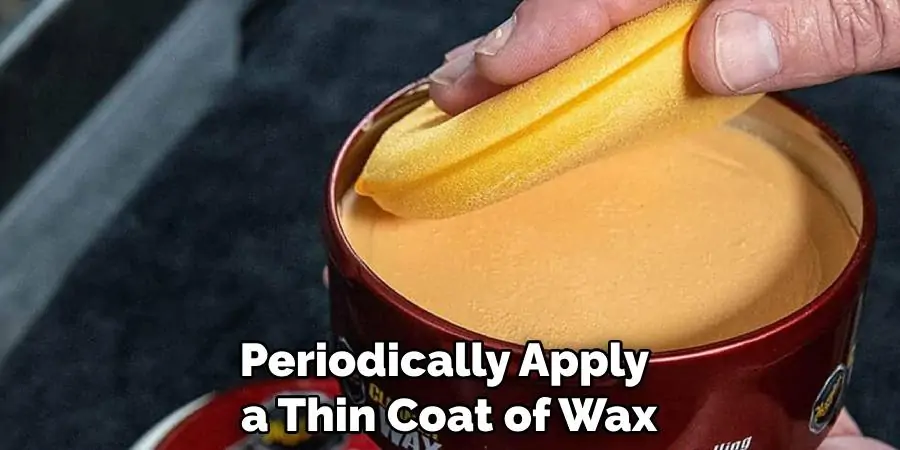
Step 6: Prevent Scratches
Avoid dropping heavy or sharp objects into the sink, as they can scratch or dent the surface. Consider using a protective grid or mat at the bottom of the sink to minimize damage. This not only helps in keeping the surface from getting scratched but also prevents heavy pots and pans from damaging the hammered texture. Such protective measures are particularly important for maintaining the integrity and appearance of your hammered copper sink over time.
Step 7: Routine Maintenance
Inspect the sink regularly for any signs of damage or corrosion. If you notice any spots of green patina, scratches, or tarnishes, address these issues promptly. For surface scratches, gentle buffing with a soft cloth may minimize their appearance. For deeper scratches or signs of corrosion, you may need to consult a professional.
Timely intervention can prevent these blemishes from worsening and maintain the sink’s aesthetic and structural integrity. Regular attention to such details ensures your hammered copper sink remains a stunning focal point in your home for years to come.
Step 8: Avoid Extreme Temperatures
Copper can expand and contract with temperature changes, so it’s advisable to avoid exposing the sink to extreme hot or cold temperatures. Sudden temperature changes can stress the copper, potentially leading to warping or even cracking over time. When washing dishes or pouring liquids into the sink, try to ensure the temperature is moderate.
Avoid placing hot pans directly from the stove into the sink as it could cause damage. Similarly, do not fill the sink with ice or expose it to freezing conditions. Maintaining a consistent temperature will help preserve the sink’s structure and finish.
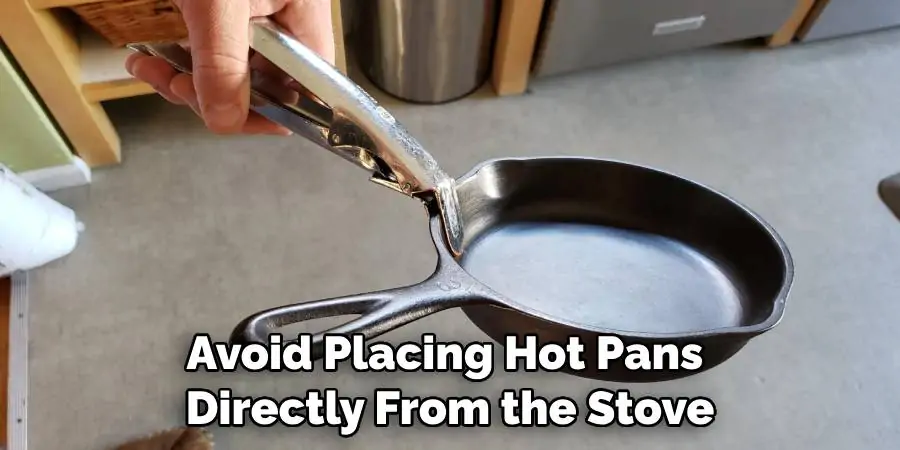
Step 9: Avoid Staining
Copper can develop a patina over time, which is a natural process. However, if you prefer to maintain the original shine, avoid leaving acidic or staining substances, such as citrus fruits, wine, or harsh chemicals, on the surface for extended periods.
By following these care tips, you can keep your hammered copper sink looking beautiful and functional for years to come.
Some Common Mistakes to Avoid When Cleaning a Copper Sink
When it comes to caring for a hammered copper sink, there are a few common mistakes to avoid:
- Using Abrasive or Acidic Cleaners: As mentioned earlier, harsh chemicals and rough materials can damage the copper finish and leave scratches on the surface.
- Neglecting Proper Drying: Allowing water to sit in the sink for extended periods can lead to mineral buildup and damage the patina. Make sure to dry the sink thoroughly after each use.
- Using Extreme Temperatures: Sudden temperature changes can cause stress on the copper and lead to warping or cracking over time. Avoid exposing the sink to hot or cold extremes.
- Not Addressing Damage Promptly: If you notice scratches, corrosion, or other damage, it’s essential to address it promptly to prevent it from worsening. Regular maintenance can help keep your sink in top condition.
By avoiding these common mistakes and following proper care techniques, you can maintain the beauty and functionality of your hammered copper sink for years to come. With a little attention and care, this stunning addition to your kitchen or bathroom will continue to make a lasting impression on all who see it.
Frequently Asked Questions
Are Hammered Copper Sinks Hard to Clean?
In the warm glow of a hammered copper sink, one finds the intersection of rustic charm and sophisticated design. Yet, a common query that ripples through the minds of many homeowners is the ease of its care. The answer lies not in arduous labor, but in the simple, consistent practice of maintenance. To preserve the unique patina that copper develops over time, gentle cleaning with mild soap and a soft cloth is paramount.
No need for harsh chemicals or abrasive scrubbers; a little diligence goes a long way. By implementing the right care techniques, your hammered copper sink can retain its antique allure and remain a functional showpiece in your home for years to come. Discovering how to care for hammered copper sink unveils the truth that beauty in design need not sacrifice practicality or peace of mind.
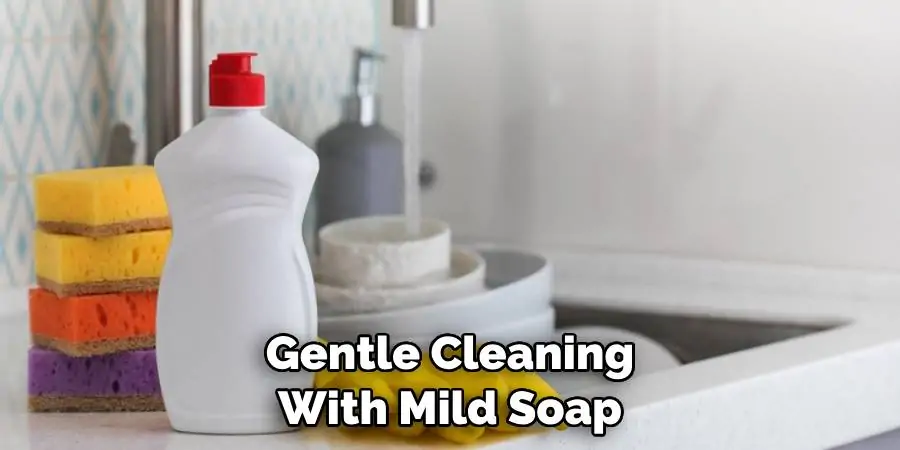
What is the Maintenance on a Copper Sink?
The maintenance of a hammered copper sink primarily involves regular cleaning and waxing to protect the finish. With proper care, a hammered copper sink can last for many years without showing signs of wear or damage. It’s also crucial to avoid harsh chemicals, extreme temperatures, and potential sources of scratches or dents. By taking these simple steps, you can maintain the integrity and beauty of your hammered copper sink for years to come.
How Do You Restore a Hammered Copper Sink?
If your hammered copper sink has lost its luster or developed scratches, you may be wondering how to restore it. In minor cases, gentle buffing with a soft cloth can help minimize the appearance of scratches. For more severe damage or discoloration, it’s best to consult a professional for restoration services. They have the expertise and tools necessary to restore the finish and remove any damage without causing further harm to the sink. By entrusting your hammered copper sink to a professional, you can ensure it looks as good as new without risking any mistakes in the restoration process.
Conclusion
In this guide, we have discussed the essential steps for how to care for hammered copper sink and maintain its beauty and functionality. From regular cleaning and waxing to avoiding harsh chemicals, extreme temperatures, and neglecting damage, following these simple tips can help your copper sink last for many years without showing signs of wear or corrosion.
Remember to also check for any routine maintenance needs and address them promptly to prevent any long-term damage. With proper care and attention, your hammered copper sink will continue to be a stunning focal point in your home for years to come. So go ahead and enjoy the rustic charm and unique beauty of a hammered copper sink without any worry! Happy cleaning!
